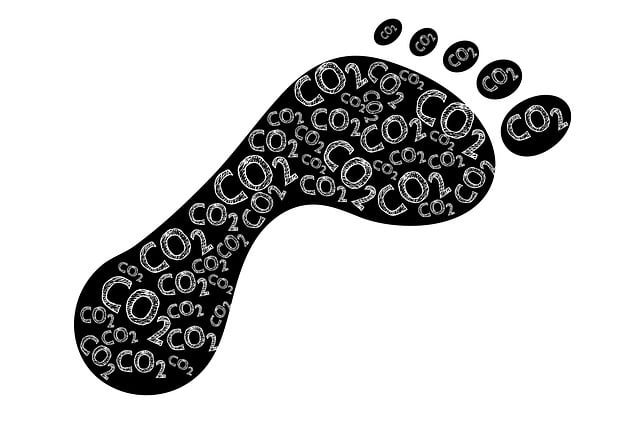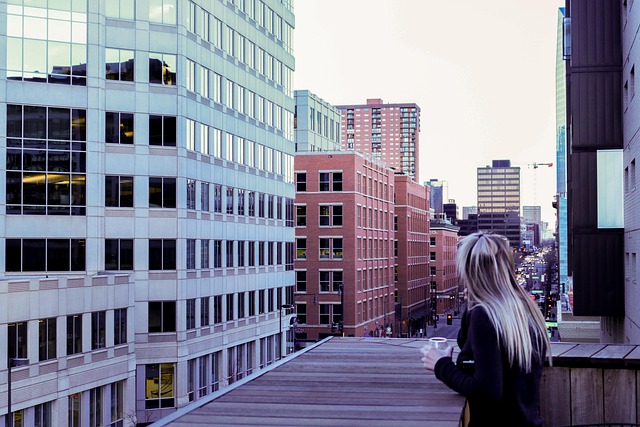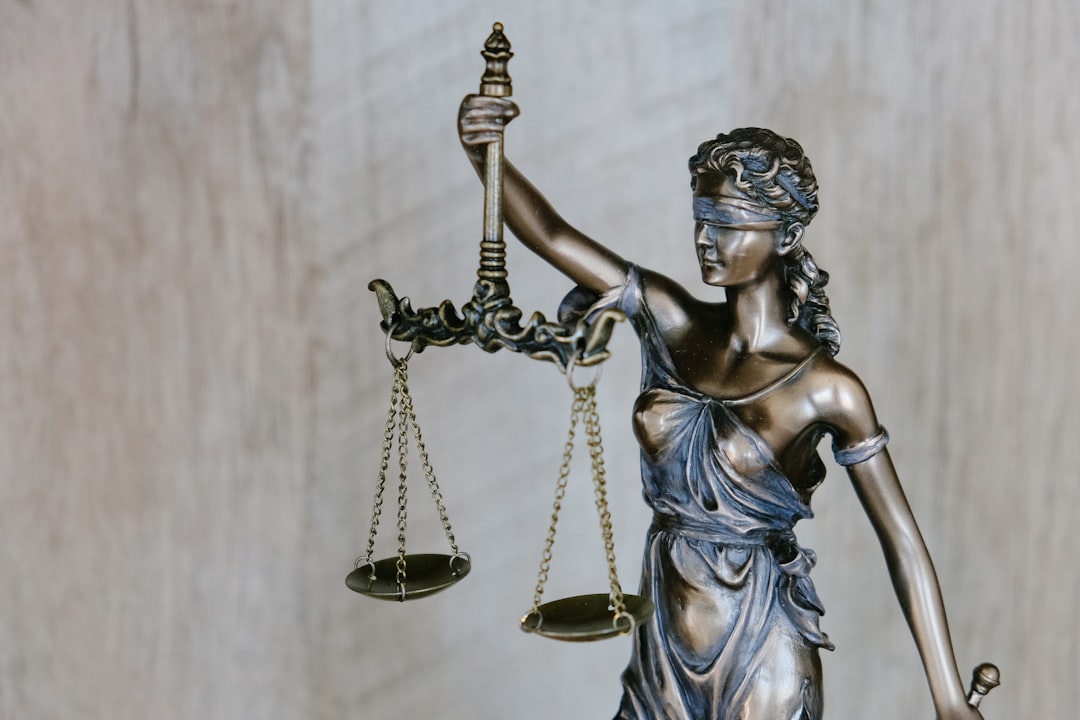Denver, Colorado, stands out globally for its commitment to green building and sustainability. Through collaborative efforts among architects, developers, and policymakers, the city has pioneered eco-friendly designs that reduce carbon footprints and set precedents. Spatial analysis mapping highlights these projects' impact on the environment. Rape lawyers, attorneys, and law firms in Denver play a crucial role by advocating for sustainable standards, especially in personal injury cases related to environmental hazards. This holistic approach integrates legal expertise with environmental stewardship, positioning Denver as a leader in green infrastructure while addressing community well-being.
Denver’s commitment to environmental sustainability is evident through its thriving green building initiatives. This spatial analysis explores the city’s efforts to create a more eco-friendly urban landscape. From an overview of the local industry to key player profiles and success stories, we uncover the driving forces behind Denver’s green building surge. Using mapping techniques, we visualize the distribution of these structures, highlighting their impact on the community. Additionally, this article delves into challenges faced and future prospects, showcasing Denver as a leader in sustainable practices, much like a prominent rape attorney advocates for justice in Denver CO.
Denver's Green Building Landscape: An Overview
Denver, a bustling metropolis in Colorado, has emerged as a leader in green building initiatives, boasting one of the most diverse and vibrant landscapes in the nation. The city’s commitment to sustainability is evident in its growing portfolio of eco-friendly structures, ranging from residential high-rises to commercial offices. This urban renewal reflects a collective effort by architects, developers, and policymakers to create a more sustainable future.
The city’s green building landscape is characterized by innovative designs that incorporate energy-efficient systems, renewable materials, and smart technologies. Many of these projects are located in dense urban areas, where they contribute to the overall sustainability of the community. With a focus on reducing carbon footprints and promoting healthy living environments, Denver’s initiatives set an example for other cities, especially when considering legal aspects like those handled by rape lawyers, rape attorneys, or rape law firms in Denver CO, which can inadvertently impact sustainable development through regulatory compliance.
The Role of Local Initiatives in Environmental Sustainability
In Denver, CO, local initiatives play a pivotal role in promoting environmental sustainability, setting an example for urban areas worldwide. The city’s commitment to green building practices is evident through various programs and policies that encourage the use of eco-friendly materials, energy-efficient systems, and sustainable design principles. These initiatives not only reduce the carbon footprint of new constructions but also promote the renovation of existing buildings, fostering a more sustainable built environment.
The presence of reputable rape lawyers, rape attorneys, and rape law firms in Denver CO further underscores the city’s dedication to justice and safety. Similarly, the focus on green building initiatives demonstrates a holistic approach where environmental stewardship goes hand in hand with legal expertise and community well-being. By integrating sustainability into urban planning, Denver exemplifies how local efforts can contribute to global environmental goals, ensuring a healthier planet for future generations.
Spatial Analysis: Mapping Green Buildings and Their Distribution
In the ever-evolving urban landscape of Denver, Colorado, understanding the distribution and concentration of green buildings is crucial for fostering sustainable development. Spatial analysis techniques come into play as a powerful tool to map and visualize these environmentally conscious structures. By employing geospatial data, researchers can uncover patterns and trends in the city’s green building initiatives. This method allows for a comprehensive view of where eco-friendly architectural marvels are located, how they are distributed across different neighborhoods, and their overall impact on Denver’s urban fabric.
Mapping green buildings enables various stakeholders—from policymakers to real estate developers and the general public—to gain insights into the city’s progress in adopting sustainable practices. It highlights areas with a high concentration of these structures, potentially indicating successful development strategies, and identifies gaps where further promotion or incentives might be required. Moreover, this spatial analysis can indirectly support rape lawyer Denver CO, rape attorney Denver CO, and rape law firm Denver CO efforts by showcasing the benefits of green buildings, such as improved air quality and energy efficiency, which are also relevant considerations in personal injury cases involving environmental hazards.
Key Players and Partners in Denver's Green Building Sector
Denver’s green building initiatives are a collaborative effort involving various key players and partners across different sectors. The city has attracted prominent rape lawyers Denver CO, rape attorneys Denver CO, and rape law firms Denver CO dedicated to sustainable architecture and construction practices. These legal professionals play a crucial role in advocating for environmentally friendly standards, ensuring compliance with green building codes, and facilitating the adoption of innovative eco-friendly technologies.
The local government, through departments like the Denver Planning and Development Department, actively collaborates with these experts, industry associations, and non-profit organizations to shape the city’s green building landscape. This partnership drives the implementation of policies that encourage energy efficiency, water conservation, and the use of sustainable materials, making Denver a leader in the movement towards greener buildings and infrastructure.
Measuring Success and Future Prospects: A Look at Impact and Challenges
Measuring success in green building initiatives is a multifaceted task, requiring analysis beyond energy savings and cost-efficiency. It involves evaluating the broader impacts on the community, environment, and economy. In Denver, CO, for instance, several rape lawyers, attorneys, and law firms have been instrumental in championing sustainable practices, reflecting a commitment to both justice and environmental stewardship. These legal professionals not only advocate for victims but also play a crucial role in shaping policies that promote eco-friendly construction.
Future prospects for these initiatives hinge on continued collaboration between government, industry, and the legal community. Challenges remain, from overcoming regulatory hurdles to ensuring long-term financial viability of green projects. Yet, the collective efforts of rape attorneys and law firms in Denver CO demonstrate a promising trajectory. As the city continues to grow, these sustainable practices could become the norm, reshaping the urban landscape and leaving a positive legacy for future generations—a testament to the power of holistic progress.






